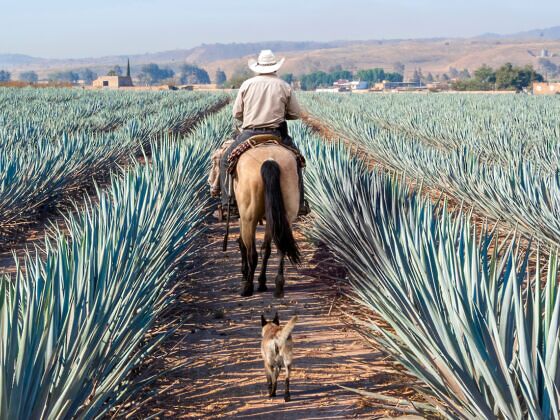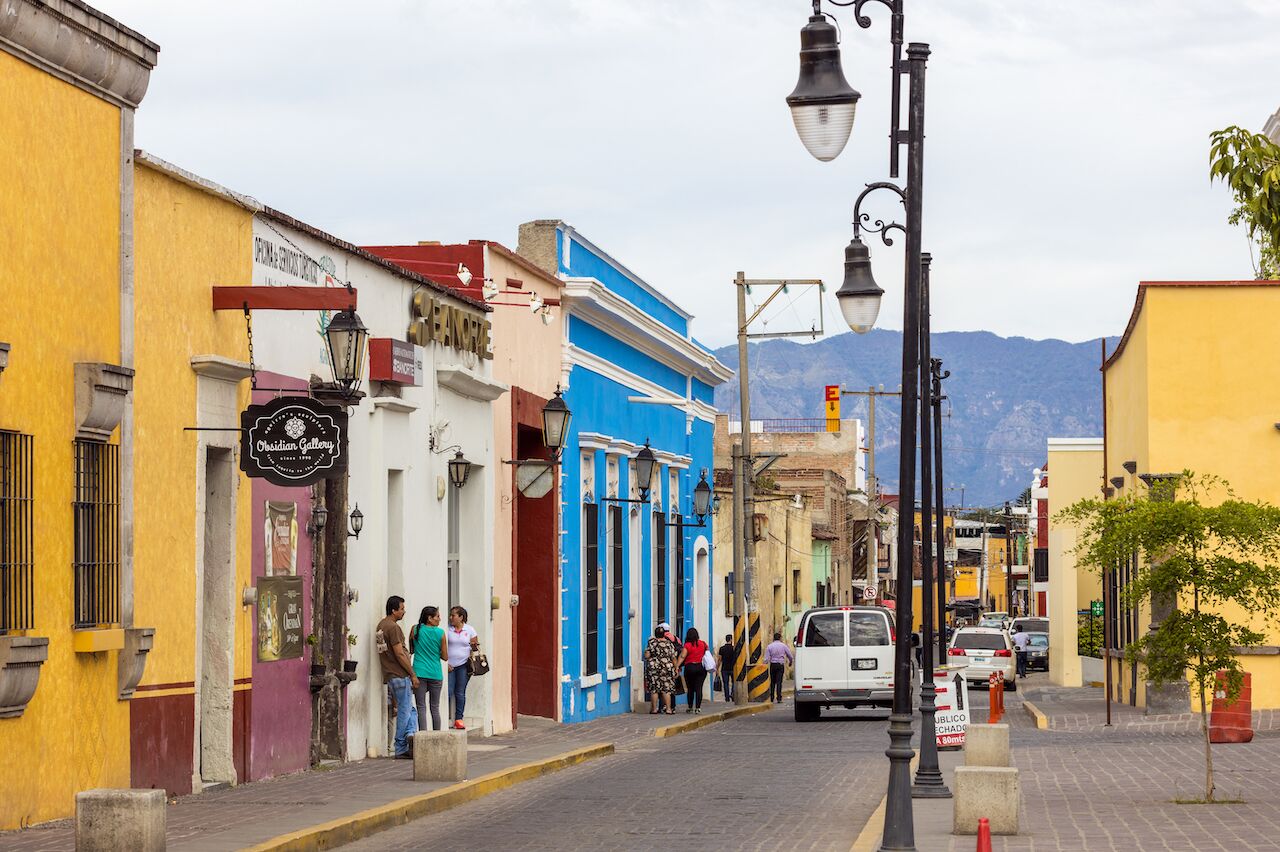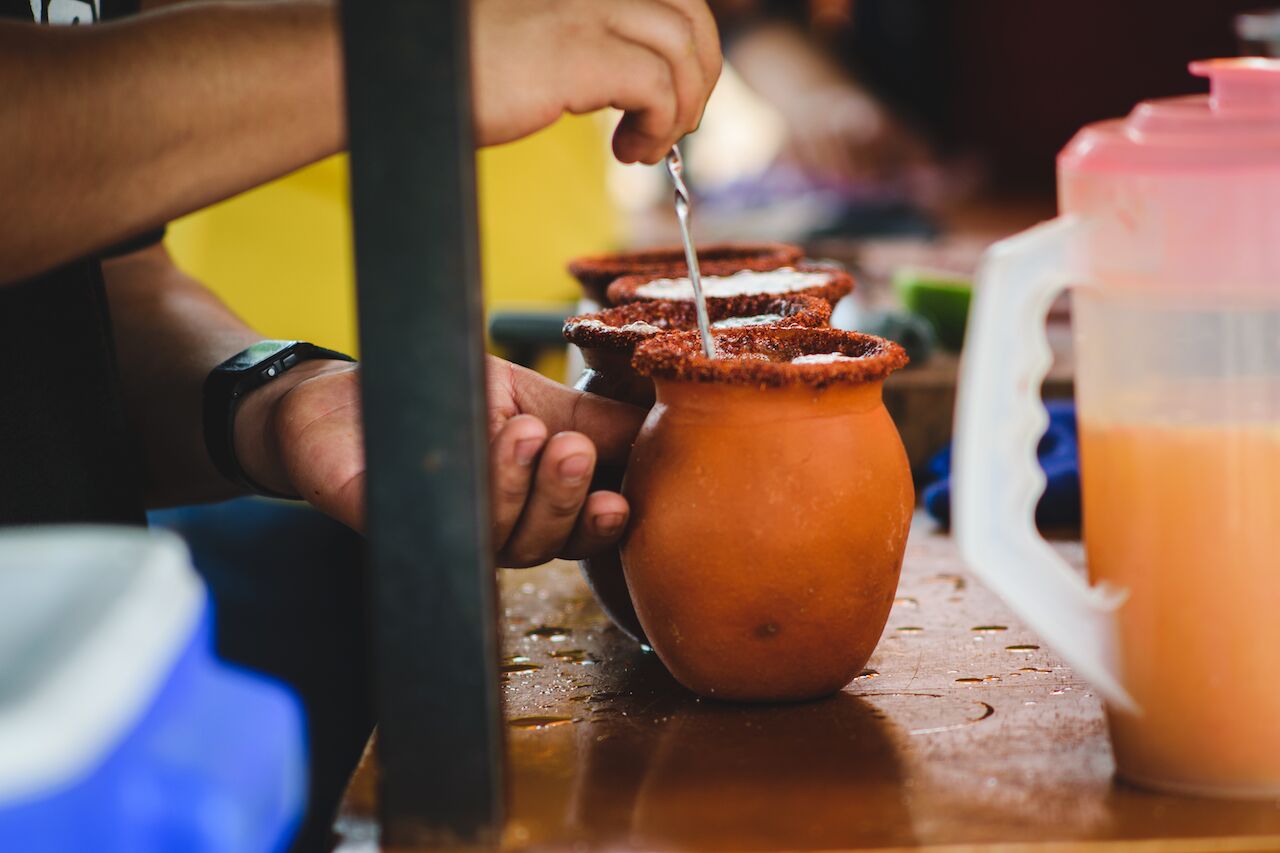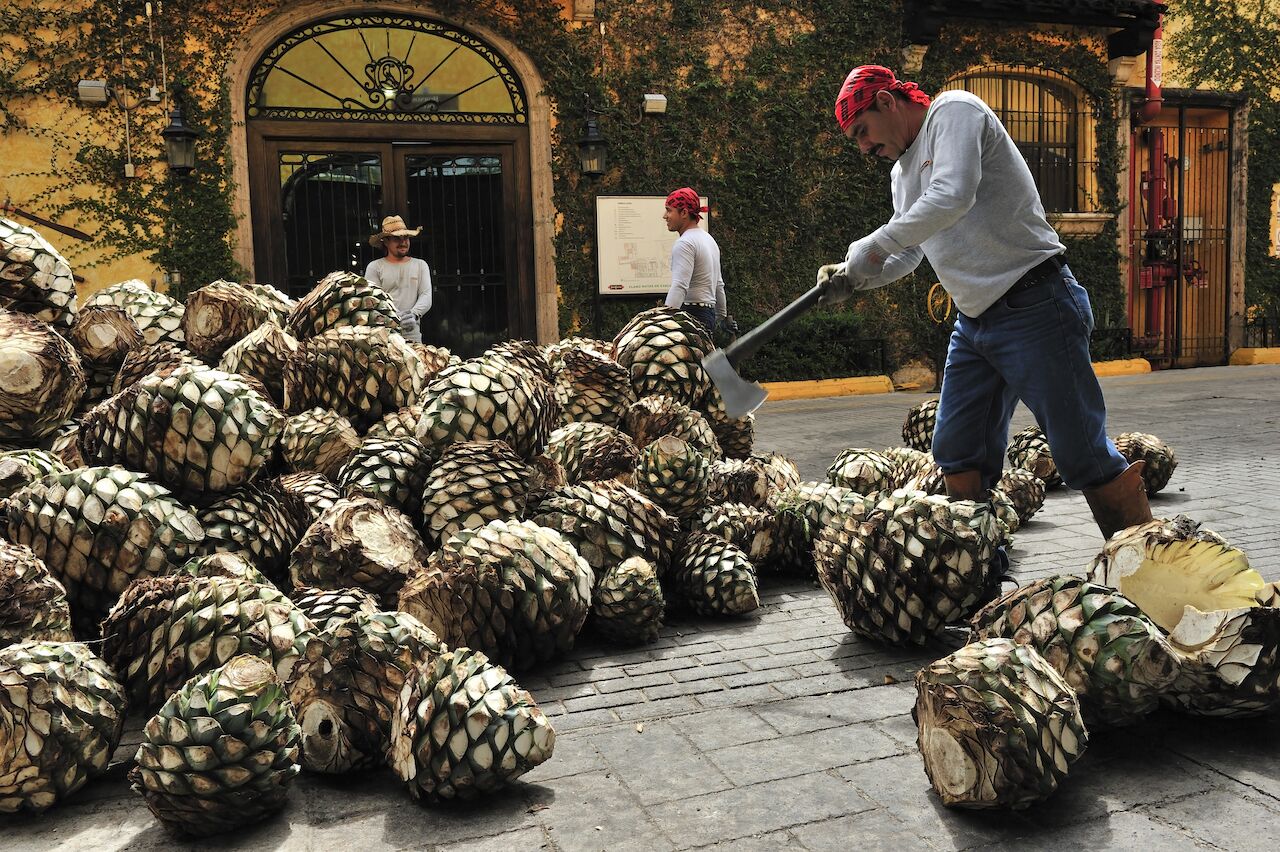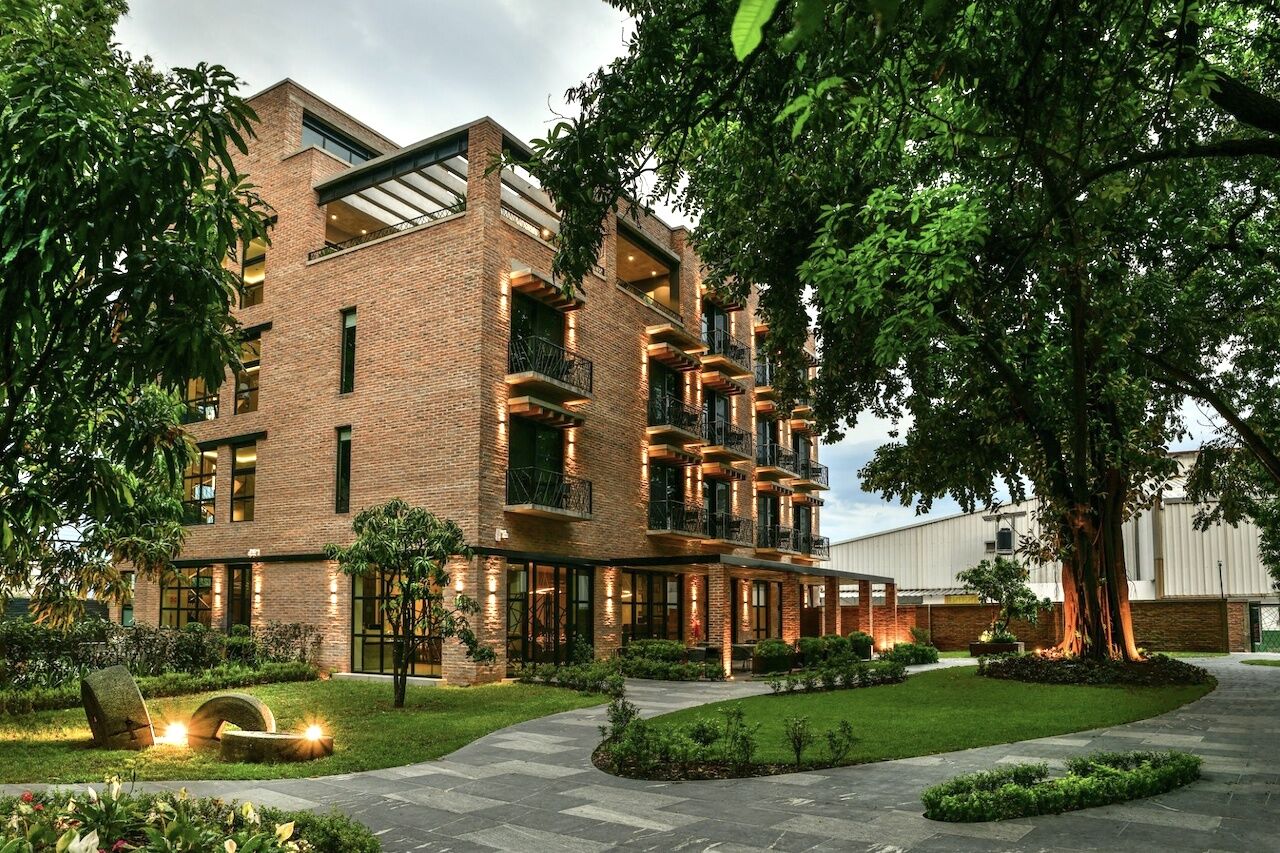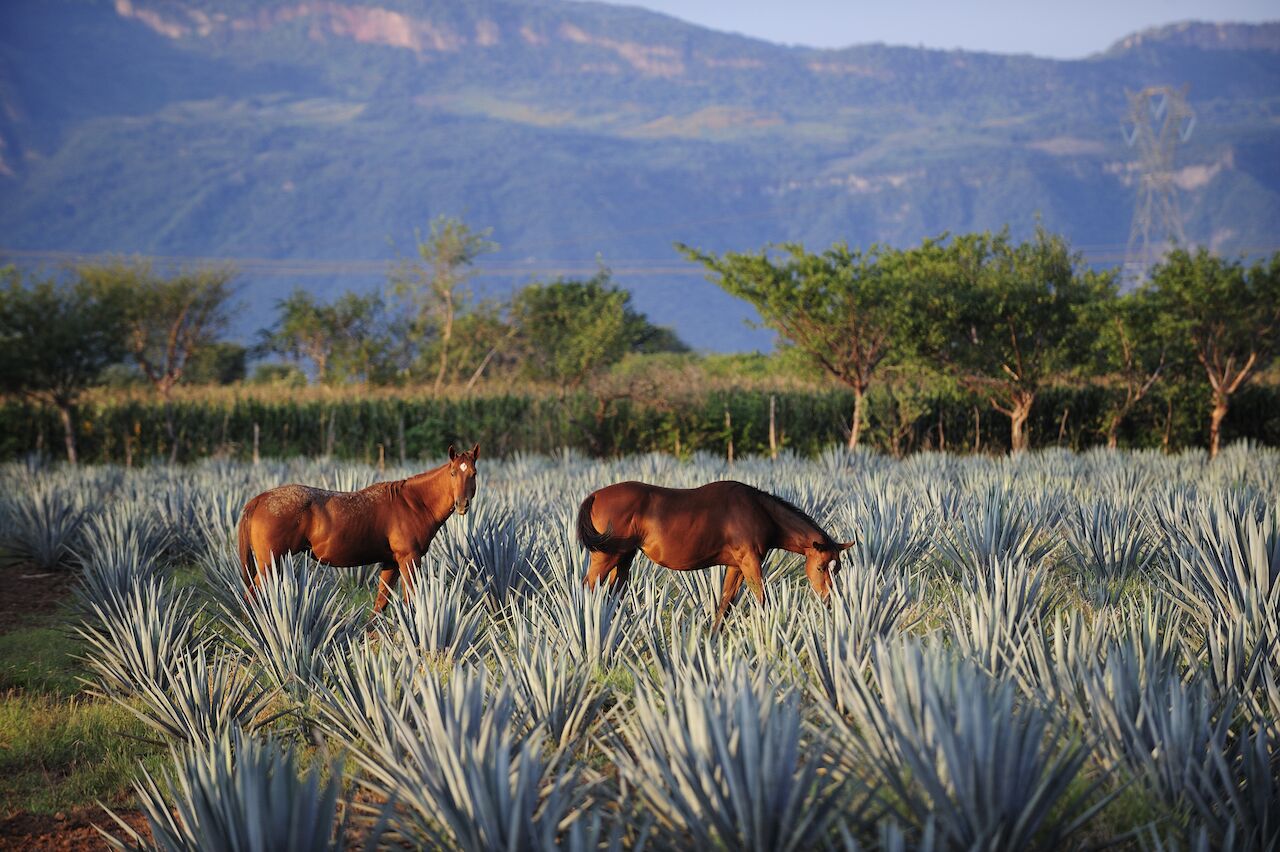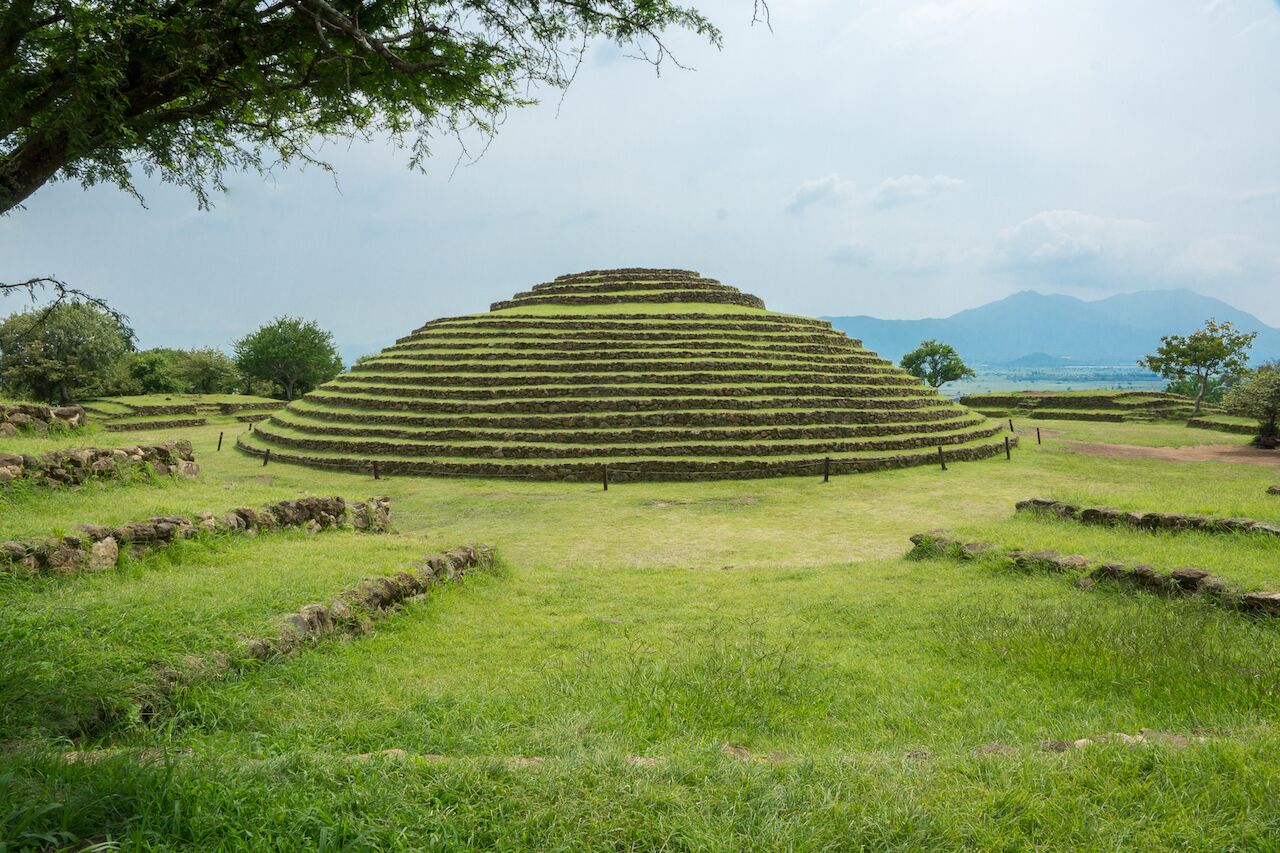Jimmy Buffet once said, “I ain’t no drinking man, but temptation got the best of me.” In my case, it’s more like, “I ain’t no tequila man, but temptation got the best of me.”
A lifelong whiskey guy, I’ve never really dabbled in the world of tequila. That’s why, when I got the opportunity to visit the Casa Salles tequila hotel right next to a distillery in Tequila, Mexico, I admit I was initially a little hesitant. But as Buffet would surely understand, the allure of learning about tequila in the drink’s birthplace was simply too tempting to pass up — even for a whiskey guy.
